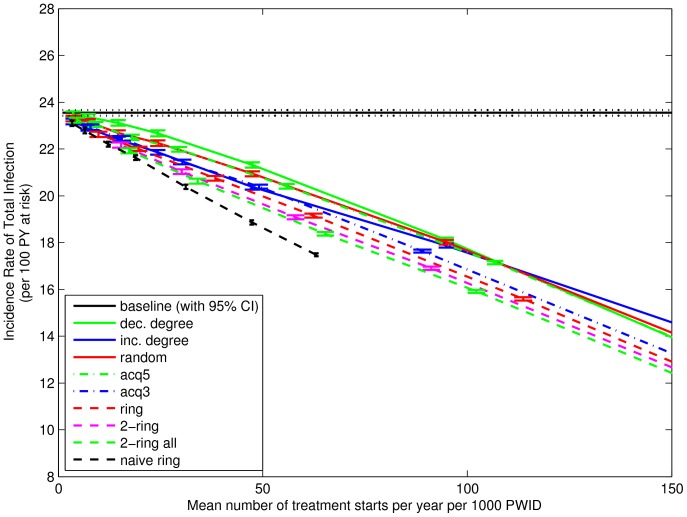Figure 4. Incidence Rate of Total Infection for Weeks 131–156.
Vertical coordinate shows the mean incidence rate of total infection in weeks 131–156, calculated as the mean incidence rates across 500 simulations and then the mean (with 95% confidence interval) across 100 networks. Horizontal coordinate shows the mean number of treatments started in weeks 1–156, calculated as the means across 500 simulations per network, then the mean across 100 networks, and then the mean across 3 years. Strategies that choose nodes at random and ignore the infection status of some (“acq5”) or all (“dec. degree”, “random”) primary contacts have the largest incidence rate of infection. Conversely, the 2-ring strategies and “naive ring” have the lowest incidence rate of infection. Mean treatment starts for “naive ring” are smaller because there are limited numbers of infected nodes available for treatment around randomly chosen uninfected nodes.

